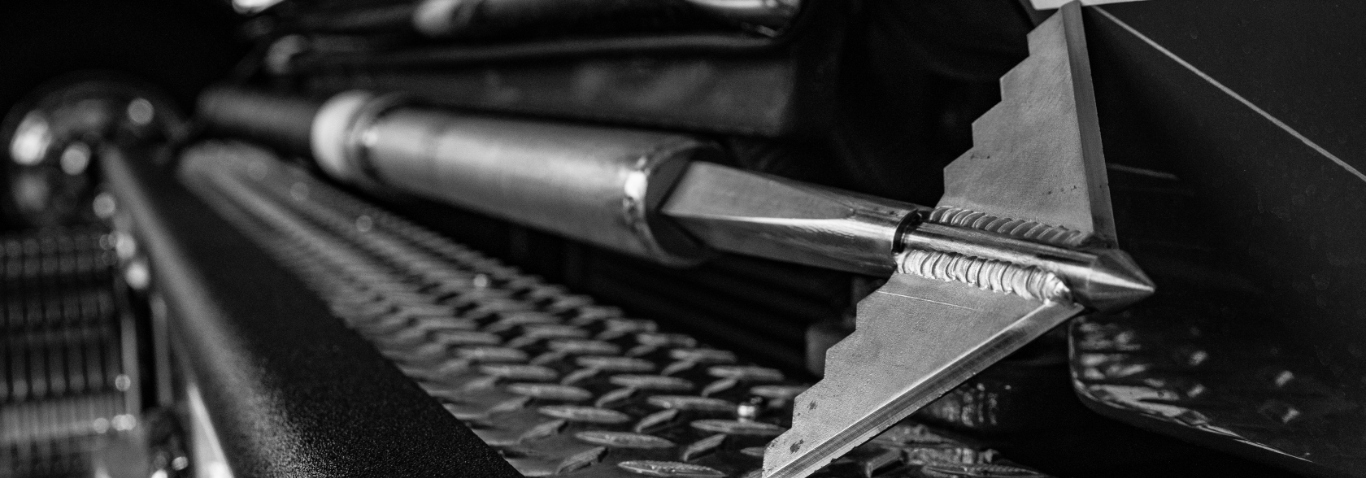Remember that having a solid understanding of how and where to use this tool will bring it to its full potential.
1. Locate Access Point
Before taking the pike pole to the ceiling during an interior/aggressive attack, your crew needs to determine the best access point in the ceiling.
The ceiling fan is usually a good entry point.
However, this can be difficult in low visibility scenarios, and sometimes you need to go in blindly.
However with this particular model, the G2, firefighters can use it in zero visibility without having to locate the ceiling fan or a light fixture in a smoky fire scene.
2. Confirm Any Hazardous Objects
If you need to pull down parts of the ceiling during a fire rescue, it’s best to know what’s directly above it.
Ideally, an interior attack will be coordinated with a topside ventilation.
If done this way, the topside team can hopefully tell if there are any large or hazardous items that may fall onto the interior team.
3. Establish and Break through Purchase Point
After the interior team is alerted, the firefighter can initiate the effort to break through the ceiling and establish a purchase point.
This is often the most strenuous step.
It’s unlikely you’ll break through anything on the first thrust.
Sticking the pike pole to the board is one thing, but being able to weaken the same spot over and over again is the real challenge.
Shiplap ceilings have become increasingly popular over the years but it’s also incredibly frustrating to pull down during a fire.
Standard pike poles and fire hooks are simply not built to handle these types of building materials.
4. Turn Pike Pole Head, Pull, Get Out of the Way
Once you break through the ceiling, make a quarter turn of the head and start yanking down.
You can pull down the pole in front of you at an angle.
If you don’t do this, the entire ceiling or other objects could end up falling on top of your head, and this is the last thing you want in the middle of a rescue mission!



